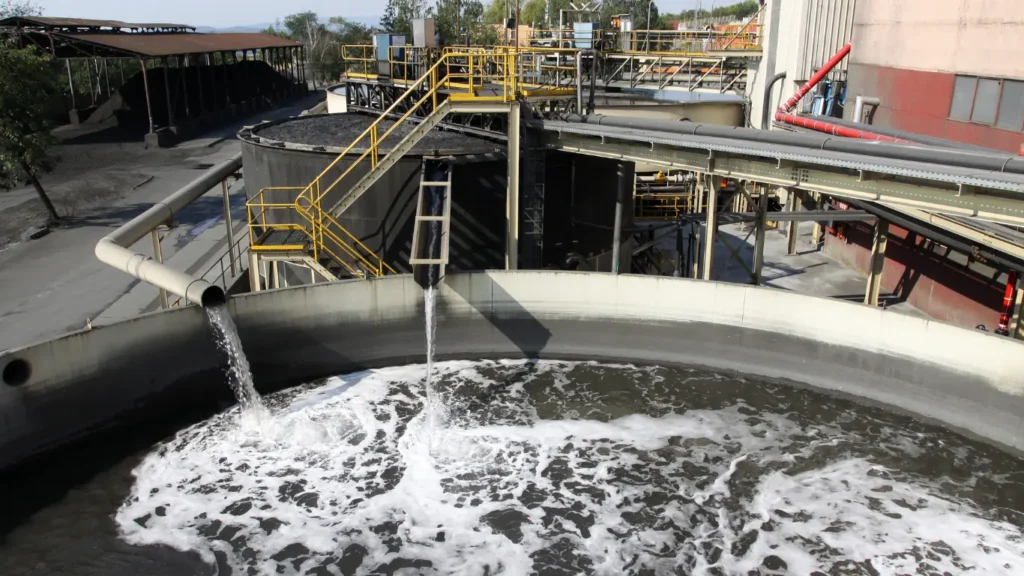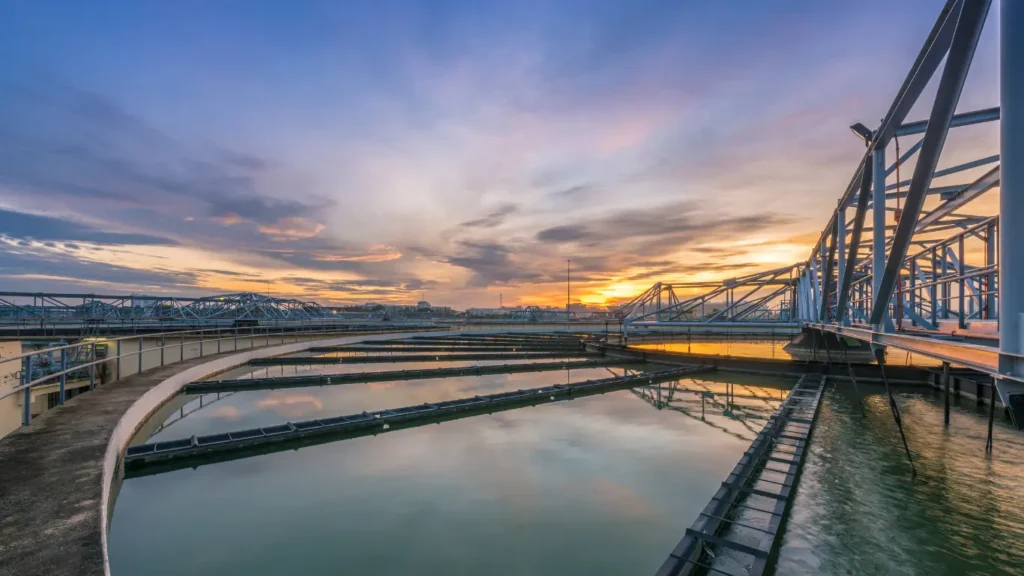In recent years, the concept of Zero Liquid Discharge (ZLD) has emerged as a promising solution to tackle the environmental challenges posed by wastewater management. With concerns over water scarcity and pollution spreading globally, the adoption of ZLD strategies has gained momentum. This blog explores the catalysts driving the adoption of ZLD, the technologies facilitating its implementation, and the future directions for this innovative approach.
What is Zero Liquid Discharge (ZLD)?
Zero Liquid Discharge (ZLD) is a technique that minimises liquid waste discharge from industrial processes. This is achieved by treating wastewater through a series of steps, allowing for the treatment, recovery and reuse of the treated water.
Explore how ZLD can revolutionise your water conservation efforts. Contact Scaleban today!
Why is ZLD gaining traction?
Several factors are driving the global emergence of Zero Liquid Discharge:
- Stringent environmental regulations: Many countries are tightening regulations on wastewater discharge, making Zero Liquid Discharge a more attractive option for industries that want to comply.
- Water scarcity: As mentioned previously, the ever-increasing demand for water is pushing industries to find ways to conserve and reuse water within their facilities.
- Economic benefits: Zero Liquid Discharge can lead to significant cost savings in the long run by reducing the amount of fresh water needed and by minimising the environmental impact of wastewater disposal.
Catalysts:
Several factors have catalysed the widespread adoption of ZLD practices. Growing environmental consciousness among industries and governments, coupled with stringent regulations on wastewater discharge, has compelled businesses to seek sustainable alternatives. Additionally, the increasing cost of freshwater and the depletion of natural water sources have incentivized industries to implement water recycling and reuse solutions like ZLD.
Technologies:
Numerous technologies play an important role in achieving Zero Liquid Discharge objectives. Evaporation and crystallisation processes concentrate the remaining brine, minimising liquid discharge to near zero. Furthermore, innovative methods offer additional treatment options, contributing to the efficiency of ZLD systems.
Future Directions:
The future of Zero Liquid Discharge holds immense promise as ongoing research and development efforts continue to enhance its efficiency and applicability across diverse industries. Advancements in technology, energy-efficient evaporation techniques, and integration with renewable energy sources are anticipated to further optimise ZLD systems, making them more cost-effective and environmentally sustainable.
ZLD and the SDGs: A Perfect Match
ZLD directly contributes to two key Sustainable Development Goals (SDGs):
SDG 6: Clean Water and Sanitation: By minimising wastewater discharge and maximising water reuse, ZLD helps ensure the availability and sustainable management of water and sanitation for all.
SDG 12: Responsible Consumption and Production: It promotes efficient production processes, minimising waste generation and responsibly managing water resources.

How Scaleban Can Help in Wastewater Management and Conservation?
Scaleban technology is a super advanced water treatment solution that plays a key role in solving problems that come with setting up conventional ZLD systems such as Wastewater RO and MEE. Following ETP, the treated wastewater is utilised as a makeup to cooling towers, where it is operated at high COCs of 15-20 and TDS concentrations of 30% with modest blowdown without compromising plant performance.
This method eliminates the need for fresh water in cooling towers, eliminates heavy blown from cooling towers, and ensures zero scaling, corrosion, and biofouling in cooling towers and heat exchangers. The use of Scaleban Technology in the cooling tower circuit reduces the need for wastewater RO and MEE, which have high CAPEX and OPEX and contribute to high CO2 emissions.
Here’s a few other points on how Scaleban can contribute:
Enhanced Efficiency: Scaleban improves the efficiency of wastewater treatment systems by maintaining optimal conditions for chemical reactions and membrane filtration. This results in higher water recovery rates and lower energy consumption, contributing to overall sustainability in wastewater management.
Reduced Chemical Usage: Scaleban minimises the need for chemical additives in wastewater treatment, leading to cost savings and environmental benefits. By reducing chemical usage, it also mitigates the generation of harmful by-products, further aligning with sustainable practices.
Explore how ZLD can revolutionise your water conservation efforts. Contact Scaleban today!
The Future of ZLD
As the developments progress, ZLD will a key player in transforming wastewater management into a sustainable and responsible practice for a water-secure future.
